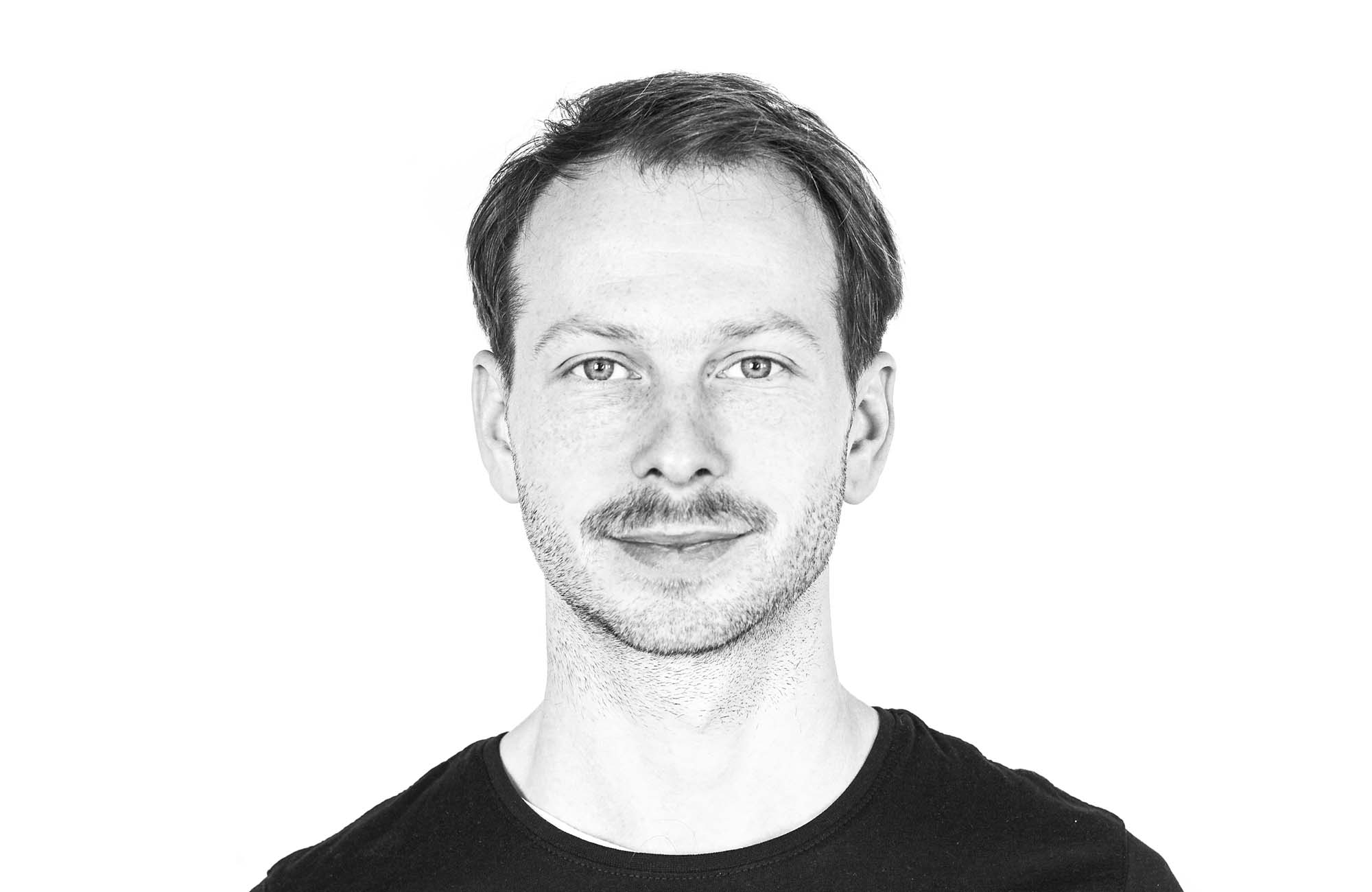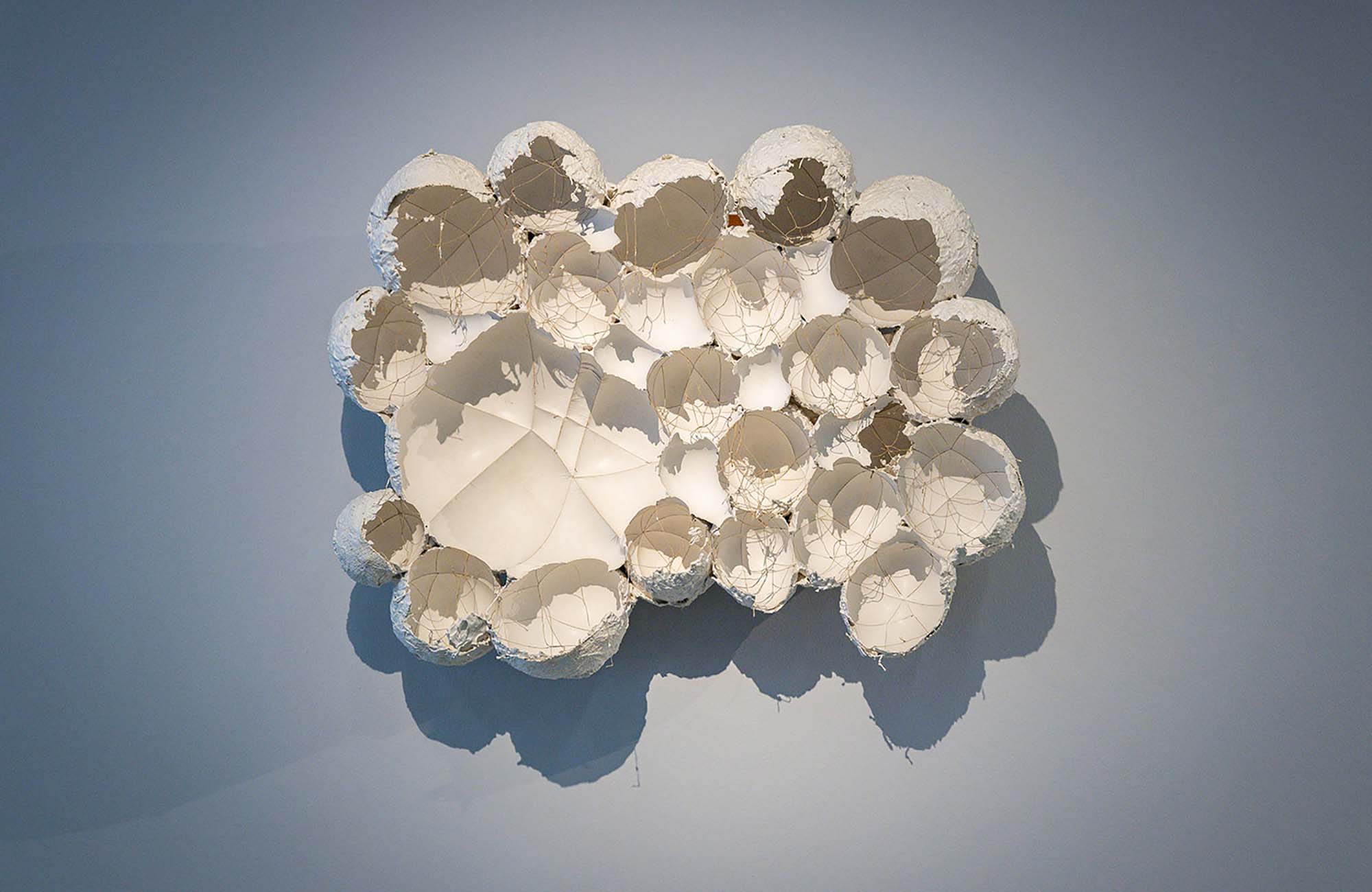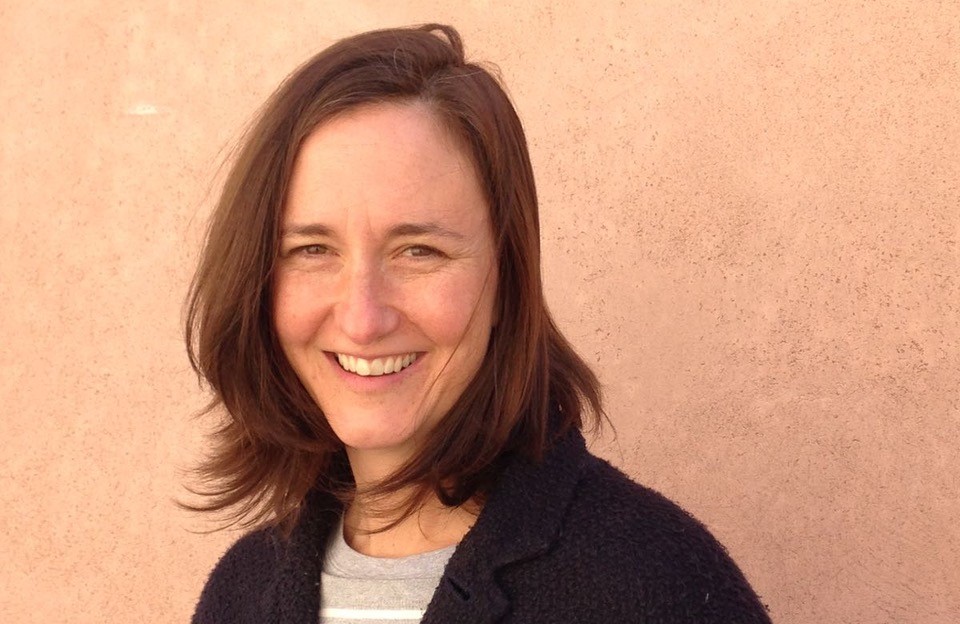
A Language That Speaks All Languages
Interview with Carolina E. Santo, Curator of Performance at Prague Quadrennial 2023
The 15th edition of the Prague Quadrennial (PQ), which is held every four years since 1967, takes place this summer between 8-18 June. Although the decades-long history of the PQ demands a publication in its own right, this text has a different purpose. A compact archive of this international scenographic event, truly unique not only in the region but of its kind, is open to the public and provides photographs, summary descriptions and catalogues, as well as English-language video presentations.
The Prague Quadrennial is a scenographic festival structured along the lines of a biennial, therefore it presents works in separate blocks called “pavilions”, divided by countries and regions. The Exhibition of Countries and Regions forms the core of the programme, with institutions and individual artists presenting their complex set, scenic and costume design projects. The PQ places great emphasis on the representation and involvement of educational institutions and their students. In addition to student exhibitors, you can meet groups of young professionals from all over the world. The Student Exhibition also takes place in a pavilion layout, which this year is located in the Prague market’s spacious main square. Additionally, the international student programme PQ Studio at the local Academy of Performing Arts, DAMU, hosts student performances and exhibitions, as well as limited seating workshops open to all. This year’s programme features engaging participatory pieces, characterised by constant interaction between the artists and the audience. Exhibitors from most countries attend the Quadrennial in person, and in addition to informal guided tours and talks, they occasionally organise performances in their own pavilions, dynamising the exhibition. In addition to these, PQ Performance, a separate performance section, is an important aspect of the extremely broad programme.
The representation of performative acts has not been a fundamental part of the programme from the beginning,
but by today, it has its own section and curator, and features twenty-one programmes.
In early June, before the start of the Prague Quadrennial, I interviewed Carolina E. Santo, the curator in charge of this year’s performance section. As intended, the discussion will explain to the reader the selection process, its criteria, as well as the underlying whys and wherefores.Four years ago, Santo presented the site-specific project Excavating the Remains of French Scenography in Prague (2019) in a public park. It involved twelve co-creators; French scenographers from different generations who were invited to participate and explore the characteristics of French scenography – in the light of the official representation of France at the Prague Quadrennial. Santo says that her experience of this process as a creator provided her with important knowledge of projects’ “practical dimension”, thus helping her to select projects consistently and to collaborate effectively with those selected: „My work in 2019 was part of the Site Specific Performance Festival, so I know exactly what it means to be an artist for PQ and I am aware of how it works from the inside. Selection criteria always adapt to the current venue of the programmes which this year is Prague Market – thus there are mainly outdoor venues so the performances need to be quite self-sufficient. Among others, a key aspect of the evaluation was feasibility.”
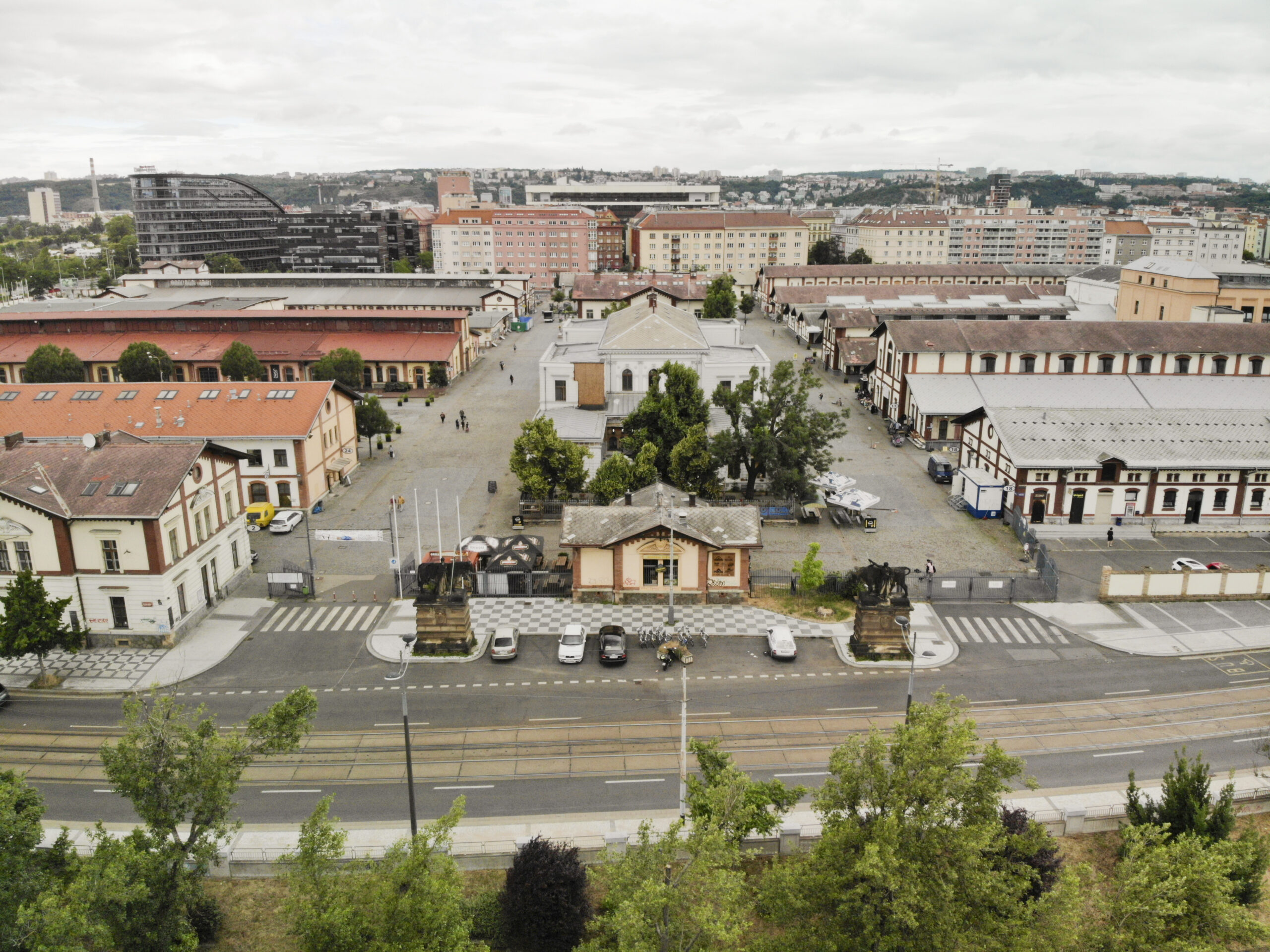
Before publishing the interview, it is important to clarify the relationship between the performance genre and current trends in scenography. The cornerstones of the Prague Quadrennial are theatre design, set, space and costume design, which is why the performance programme’s position within the festival is not so self-evident to an outsider. According to the curator of performance, there is a growing demand for performative practices in scenography, so the section is organically linked to the “cornerstones”, while it also has its own distinctive features: „In 1967, the Prague Quadrennial didn’t look at all like it looks now. Today, I think that scenographers claim their space to display scenography in a performative way. It is not only about an exhibition of objects and drawings anymore; it is also about experience. Scenographers are trying to create and design experiences for the public to get a sense of what scenography actually is – I think the performance festival has become part of the program because scenography has evolved in this sense. The performance section also provides an opportunity to show the vibrancy of the international performance and scenography field – since participants enter via a direct open call, as opposed to e.g., being nominated by their countries.”
Can you provide us with a little insight into the selection process regarding the key elements of the criteria behind the programming of PQ Performance 2023?
This is a non-competitive section of the Prague Quadrennial. (Most sections are competitive, so there is a jury doing the selection for prizes, but performances are outside of this competition scheme.) I received almost three hundred applications coming from fifty-two countries, the majority of which came from Brazil. I shortlisted fifty performances, among which I finally selected twenty-one.
When I concluded the first selection round, I tried to keep in mind important elements of the open call I had written. For example, the idea of being together. I was looking for acts that would bring people together, which is why there are a lot of participatory performances. I was looking for sustainable practices of encounters, – not only ecologically sustainable, but also sustainable in the way that people can meet and then stay connected.
A very prominent theme regards what we had been going through with COVID not so long ago. My main question was “What needs to be performed urgently?” In other words, the emergency of what needs to be said, exchanged and shared. In the call, I asked for projects that make us experience something rare. How do you express and bring to life your inner world? I was attentive to the excitement that a project produces. This is maybe the most important when you go through a lot of applications, and sometimes you find a sparkle that gets you so excited you want to know more and dig deeper. Last but not least, a key aspect was addressing the future of performance design; where do we take it from here?
When I looked at this year’s line-up, I also noticed that the concept of simplicity is highlighted in the brief.
PQ for me is really about reunion and discussion. This is where scenographers coming from very different cultures and countries get a chance to meet and exchange ideas. The selection criteria were based on the key idea of finding artists that, through their practice, speak a language that speaks all languages. Simplicity in this context means that they are expressive and independent from spoken languages. I find “language, that speaks all languages” more descriptive than the term simple because what is being told and shared are sometimes very complex stories with very deep and profound meanings – that’s why the word simple can be a bit misleading. Another rather fitting phrase is capacity of impact.
The PQ is centred in Prague’s colourful public area, the Holešovice Market. The performances that take place here and around this area often involve movement, walking and marching in urban space. Can you elaborate on your vision for spatial policy?
The market as the main location creates friction between the city users and the specialised or accredited public. I think that it’s an interesting aspect of PQ: it addresses all kinds of members of the public, not only those specifically attending the event.
So, I think it’s a good thing that this edition is taking place in a market. I’m excited to see how both audiences meet and what encounters are generated in terms of discussion and surprise, as well as contentment and discontentment.
Perhaps the most homogenous audience for public art is the “purposeful” visitor, but otherwise, it can be extremely diverse, with a wide range of everyday city users, and in the case of a market, includes people in roles such as vendors, shoppers, beggars, order keepers, etc. Do you see any tendencies or recurring strategies that contribute to the success of public involvement in participative works?
The selection of the performances was probably influenced by Augusto Boal’s invisible theatre which provides tactics and strategies for creating drama in the public sphere. Probably my interest in these practices and the fact that the PQ was coming to this venue influenced my choice of the performances which interfere with life, the city and the general public similar to Boal. This could be seen as democratic. I think performers have something to learn from their experience in the city just as much as the city users have something to learn from artists performing their art in the city space. So, in that sense, it’s a two-way flow.
I find it important to address the questionable factors of biennial-like events. Since the beginning, biennialisation has provoked critical voices in the Art World, among which tourism and the non-beneficial impact of great-scale events on local sites and communities seem quite relevant in the case of PQ.
I am aware of these critiques; I understand them and even agree. As I’ve never stayed in Prague after PQ finishes, it’s a difficult question for me. Obviously, I cannot speak for the citizens of Prague, they would probably be more critical about the festival. I can only speak for myself: PQ leaves traces in its participants, as we get to know the city of Prague while we walk through it, going from venue to venue. So, the city is very much inscribed in our scenographic genetic code as The City of Scenography. I think that PQ is capable of building relationships and in this way, I believe that something good stays behind. Besides, professionals in this area and at PQ produce a lot of materials and memories, for example, a general catalogue, and other publications. These can be kept and later archived but I think the traces left in our brains, our skin and our emotions are the most positive outputs.
The PQ is a global meeting point in the Central-Eastern European region and therefore obviously has a global and regional significance. But does the programme seek to express local flavours? The representation of South America is very prominent in the performance section, which on the one hand provides a rare opportunity for the region to have access to projects that they would otherwise not encounter, but on the other hand risks irrelevance if predominant works are distant from or do not reflect the local context.
I think this year is quite special because Covid has changed everything related to theatre and performance. It’s clearly something global, something that has happened everywhere. This year PQ raises this question: where do we take it from here? How shall we address our discipline? How shall we proceed? I think performance designers and makers have been dealing with very difficult situations such as cancellations and financial cuts in the arts industry generating really high levels of anxiety in everyone. And these difficulties have probably been experienced in very private and lonely ways. It is incredibly important to share these experiences and try to promote a new paradigm. The realistic expectations that we can form at this point are that PQ can enable acts of assembly, and the discussions that these assemblies will generate will hopefully bring people together and promote collaborative ways of working together instead of competition and rivalry. Personally, I think collaboration and collective intelligence is really the quintessential paradigm we should draw from PQ 2023.
What would you say is the typical tone of works that deal with the Covid crisis?Some projects respond to Covid in very personal and culturally very different ways. The project coming from Greece, I Love 2020, is a very straightforward piece about Covid, in which Eliza Soroga assembles 50 to 60 people to walk in the streets wearing t-shirts with QR codes of their Covid certificate, and finally release a big scream. Daniela Portillo Cisterna from Chile brings Alma Y Muertos (Soul and Dead), which pays tribute to all the people who died from Covid. And in a way, Complejo Conejo, the other Chilean group with the project What Do Astronauts Do? responds in a very particular and humorous way, performing as astronauts coming to Earth to look at how humans are living. So, it’s like a reverse ethnographic work about the planet Earth. I think if we look at all the other projects that I didn’t mention now, we would find that they all respond to Covid in very specific ways.
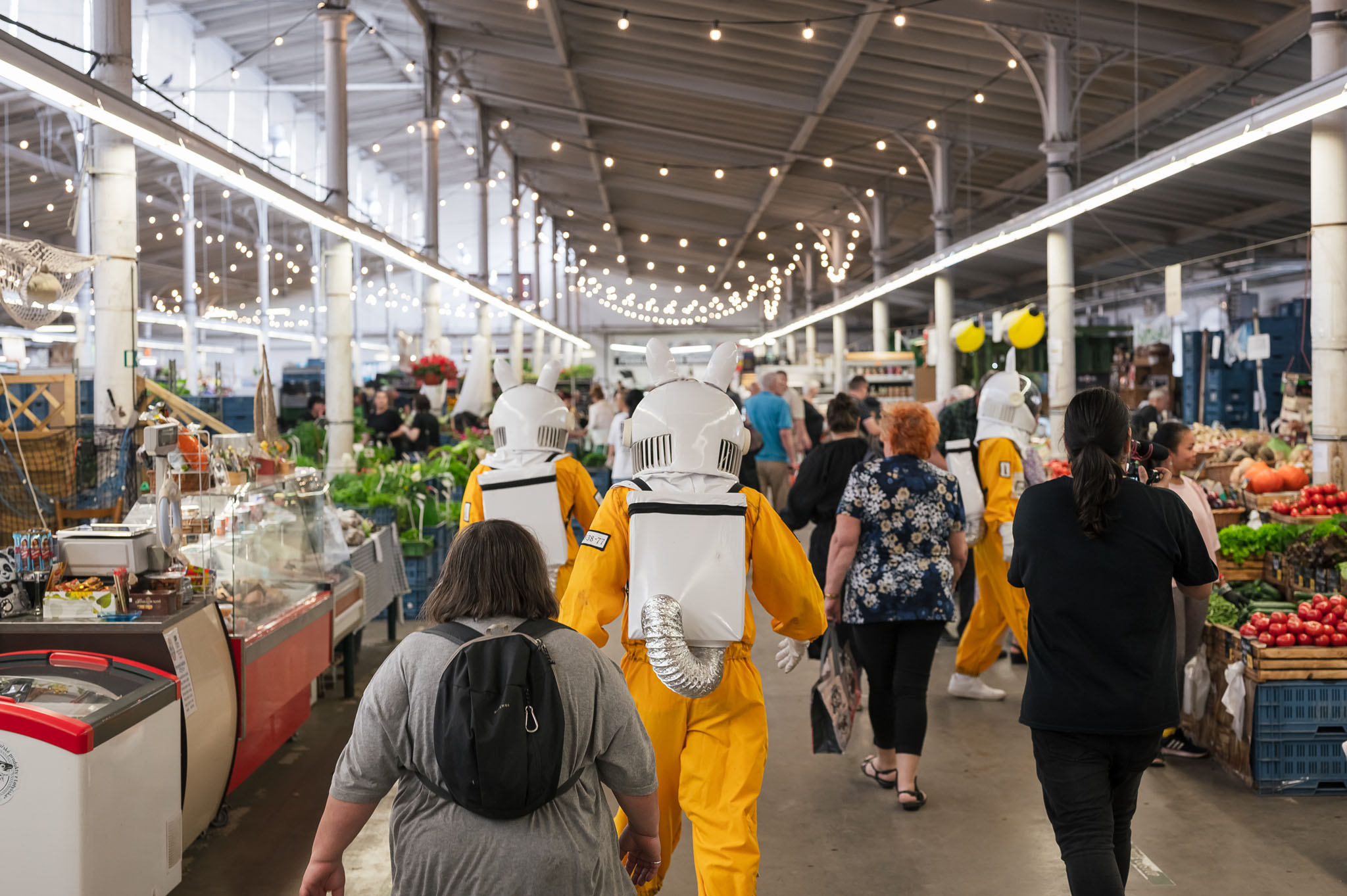
Covid was truly a collective experience and I think it’s great to see a big event fly the flag for this theme. But stepping back for a moment, do you think there is a general tension between local relevance and international scope?
The genre of performance specifically has the ability to make everything become expressive, such as materials, sounds, or movements. These form the languages that we use in performances; everything speaks, and this is why they speak all languages. Performance works across different levels of enunciation and it conveys multiple layers of meanings. I think performance can be experienced in various different ways, according to the audience’s mood, sensitivity, and cultural background. It’s never the same thing again anyway, even if you view the same performance twice, it will never be identical. Nor will the audience agree on what they saw and experienced. This is why theatre and performance are so important: they generate discussions.
Earlier you mentioned that the performance section represents independent artists. Their challenges, insecurity and difficulties are definitely a major concern in the CEE region, which might be a concern in the Art World in general as well. What is your experience working with independent artists? What seems to be their most critical points?
That’s a difficult question but it’s an important one. All the artists that were selected for the performances are strongly encouraged. They receive a small fee from Prague Quadrennial that only covers their basic costs; their travel costs and a bit of their accommodation fees. We work with them very closely to secure further funding and help them with open calls, for example of European institutions. We do everything we can to help them get extra financial support. Of course, the ideal situation would be for the festival itself to be able to pay artists a proper fee – this is something that must be worked on.
Among independents, what age group is most prominent in the programme?
We have a very big range of ages in the PQ’s Performance section.
Through your lens, do you see any characteristics specific to the young generation?
I’ve also been looking at some student applications for PQ Studio which I then discussed with Patrick Du Wors, the curator of that section. I am an occasional teacher myself, which provides me with a chance to observe the characteristics of artists from younger generations. I would like to highlight that they seem to be very respectful of themselves. I think that – and this is my view of things – the #metoo movement has radically changed the way we interact with one another and what we decide to accept or not. And while I – and my age group, I’m 45 – still have to process how to address certain situations and be very attentive to the words we use, I think that the young generation has better integrated this knowledge and they behave very differently from what we were used to, especially in theatre where you had to suffer to be good and you had to go through crises. So, I think there’s definitely more respect and consideration for diversity. Hopefully, this will heighten collective intelligence and collaborative ways of working.
Proofreader: Martha Kicsiny

